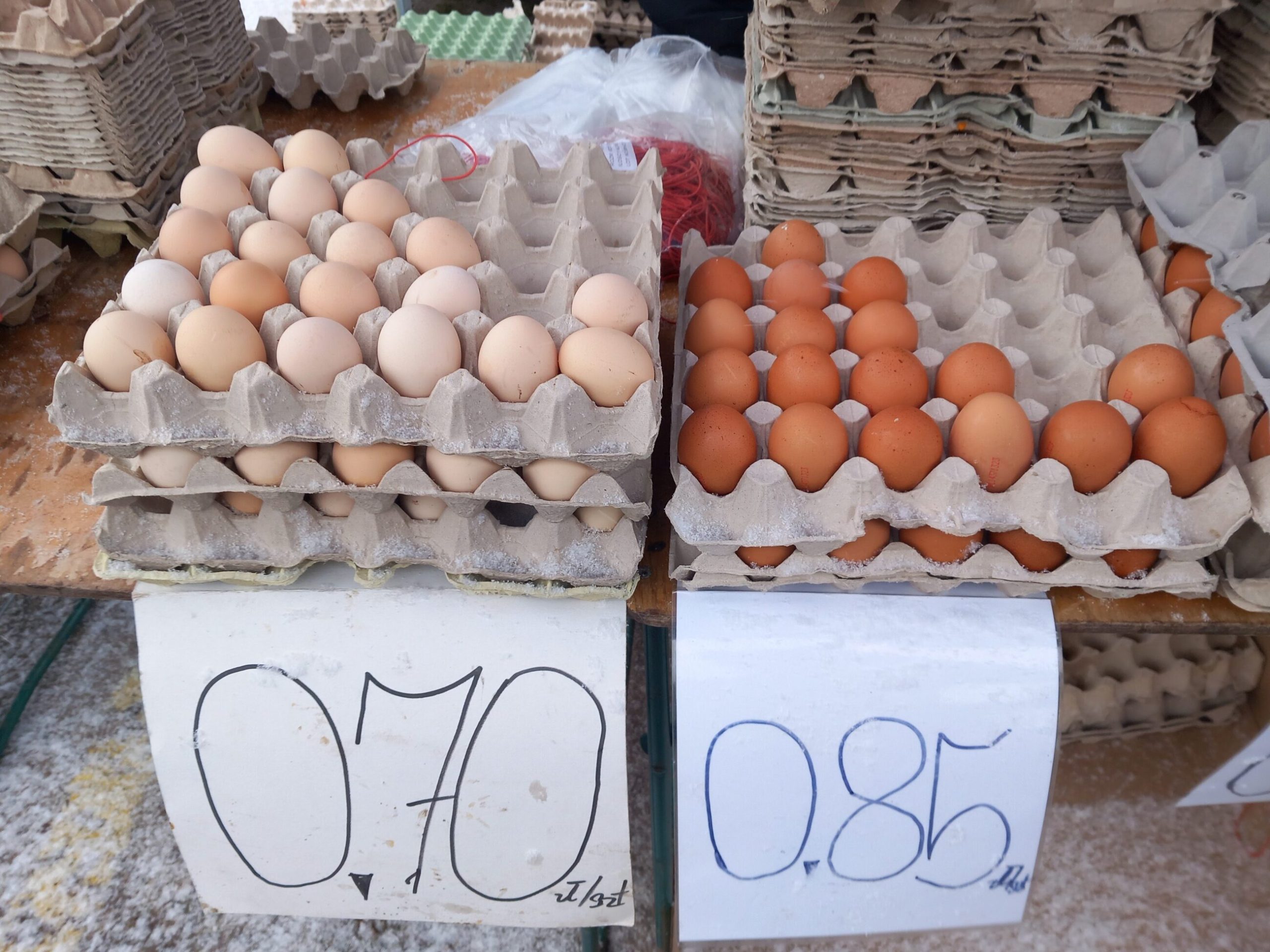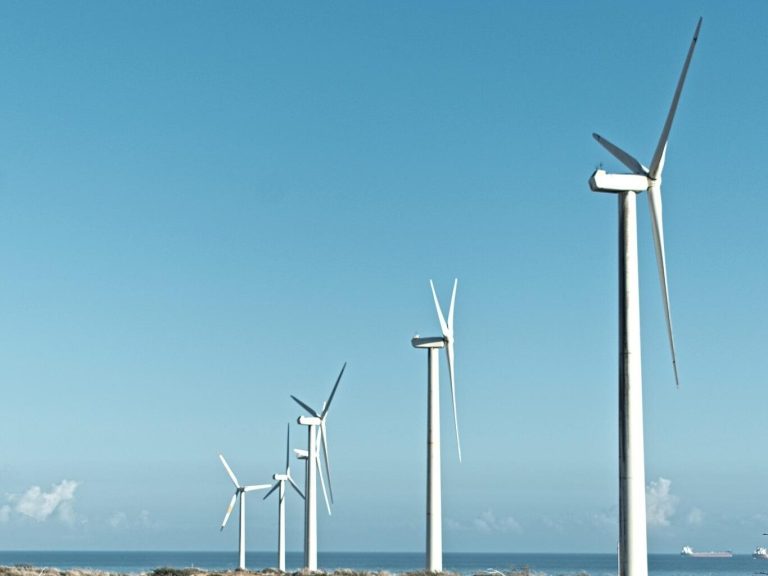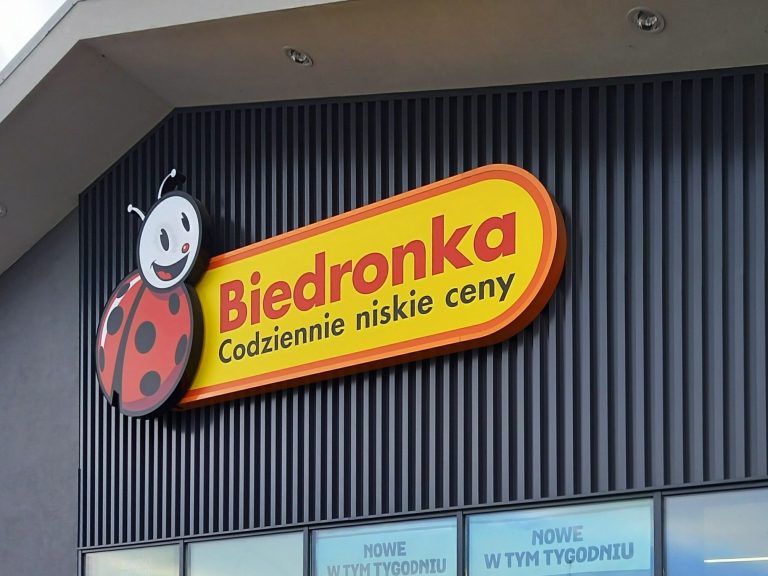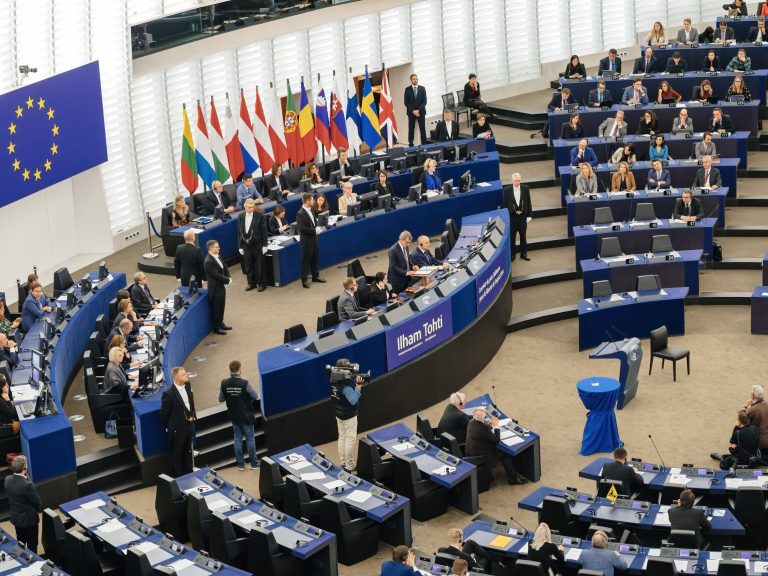What about egg prices? Manufacturers struggle with costs and time

Egg prices encourage people to make cakes, scrambled eggs and dozens of other dishes in which they are necessary. Unfortunately, this may change in 2024. Egg producers are not only fighting high prices, but also against time – they have promised to move away from cage farming, but in practice it is difficult.
At the end of 2023, eggs started to become cheaper – in many stores you can buy 12 pieces for less than PLN 8. Can we slowly get used to such prices? “Rzeczpospolita” warns that production prices will increase in 2024, so you should not count on it.
What’s next for egg prices?
Barbara Woźniak, representative of the management board of Ferm Woźniak, the largest egg producer in Europe, admitted in an interview with “Rz” that one of the biggest challenges the industry is currently facing is bird flu, which is decimating flocks in the USA and Western Europe. – At the same time, we are observing changes in egg prices, which have recently reached record levels. From New Zealand to the United States, consumers around the world have noticed that eggs are much more expensive. Although there was a price correction just before Christmas in 2023, we still see it remaining at much higher levels than 4-5 years ago, she said.
Another challenge for producers is the transition from cage farming to litter farming and free-range eggs. “Rz” notes that at the moment, a small percentage of consumers are willing to pay higher prices for products from “happier” hens, but more and more people declare their support for them. “This is visible not only in eggs, but also in many other products, including meat and dairy products,” we read.
Producers declared that by 2025 they would significantly reduce cage farming
A few years ago, producers and retail chains unanimously declared that by 2025-26 they would significantly increase their involvement in barn and free-range farming. Research by the National Chamber of Poultry and Feed Producers from 2019 indicated that by 2026, the share of “threes” in the egg supply in Poland was to drop from 88.3 percent. to approximately 58 percent. The plans were ambitious and dictated primarily by the desire to improve animal welfare, but then the pandemic came and then the increase in raw material prices, which increased production costs. This slowed down the process of moving away from cages.
“Rz” notes that “in spite of this, changes are taking place, although their implementation is not so easy.” As an example of an unfulfilled promise, he cites the situation in the American discount chain Dollar General, which announced that it would not be able to keep its previous commitment to acquire 100 percent. eggs from cage-free farms by 2025 and that it will not set a new target.






